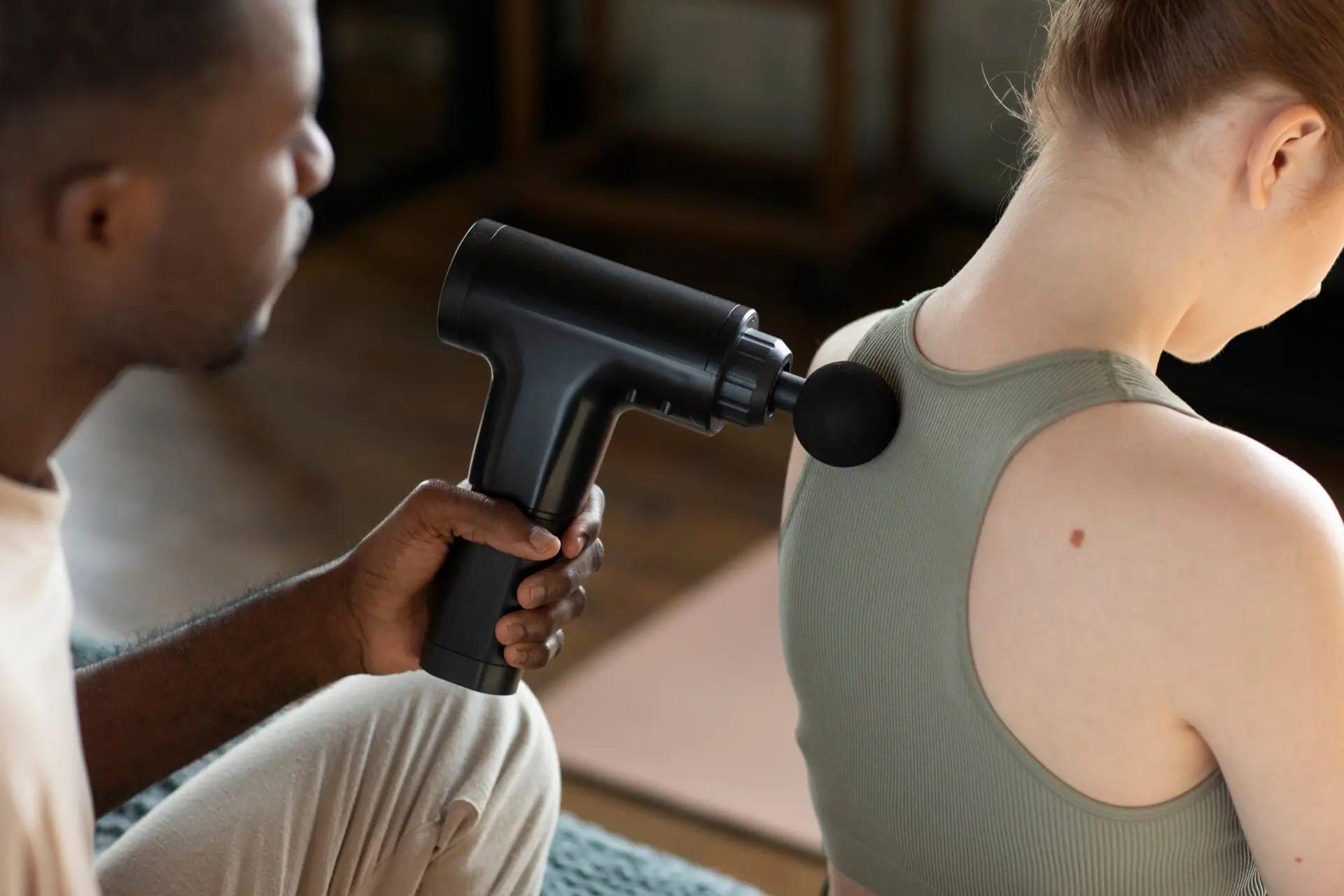Pain and stress share a complex relationship, often exacerbating each other in a vicious cycle. Chronic pain can increase stress levels, while high stress can intensify pain perception. Research in psychoneuroimmunology has shown how stress affects the nervous and immune systems, leading to heightened sensitivity to pain. Understanding and managing this relationship can offer significant relief for those experiencing chronic discomfort.
The Connection Between Stress and Pain
Stress triggers the release of cortisol and adrenaline, hormones designed to prepare the body for “fight or flight” situations. In acute situations, this response is beneficial. However, chronic stress keeps these hormones elevated, leading to increased inflammation, muscle tension, and heightened pain perception.
Stress affects pain in several ways:
Muscle Tension: Prolonged stress causes muscles to tighten, particularly in the neck, shoulders, and lower back, resulting in discomfort or pain.
Inflammation: Chronic stress stimulates the release of pro-inflammatory cytokines, exacerbating conditions like arthritis and fibromyalgia (1).
Central Sensitization: Stress can enhance the sensitivity of the central nervous system, amplifying pain signals and leading to persistent pain, even in the absence of an obvious injury (2).
Stress Reduction Techniques for Pain Relief
Effective stress management can help break the cycle of stress and pain, reducing discomfort and improving quality of life. Here are some evidence-based strategies:
A. Mindfulness and Meditation
Mindfulness practices, such as meditation, help calm the mind and reduce stress by focusing on the present moment. Studies show that mindfulness-based stress reduction (MBSR) can significantly decrease chronic pain intensity and improve emotional well-being (3). Meditation helps regulate cortisol levels and lowers activity in pain-related brain regions.
B. Breathing Exercises
Controlled breathing techniques, such as diaphragmatic or abdominal breathing, activate the parasympathetic nervous system, promoting relaxation and reducing muscle tension. Deep breathing has been found to reduce perceived pain by lowering stress hormone levels and enhancing oxygen flow to tissues (4).
C. Physical Activity
Exercise is a natural stress reliever. Activities such as yoga, Pilates, and tai chi combine gentle movement with breath control, reducing stress and improving flexibility and muscle strength. Regular physical activity also releases endorphins, which act as natural painkillers (5).
D. Sound Therapy and Music
Sound healing therapies, such as those offered at Angel Touch, use specific frequencies to promote relaxation and reduce stress. Listening to calming music has also been shown to lower cortisol levels and alleviate pain in clinical settings (6).
E. Cognitive Behavioral Therapy (CBT)
CBT focuses on changing negative thought patterns that contribute to stress and pain. It teaches individuals how to manage stressors and develop healthier coping mechanisms. Studies indicate that CBT can reduce pain perception and improve functional outcomes in individuals with chronic pain (7).
The Role of Holistic Therapies in Stress and Pain Management
At Angel Touch, we believe in a comprehensive approach to wellness. Our high-end mobile spa services include stress-relief techniques such as therapeutic massages, sound healing, and guided meditation sessions. These therapies not only provide physical relief but also address the emotional and psychological components of pain.
Massage therapy, in particular, has been shown to reduce stress hormones while increasing levels of serotonin and dopamine, chemicals that enhance mood and reduce pain perception. By releasing muscle tension and promoting circulation, massage also facilitates the body’s natural healing processes (8).
Conclusion
Managing stress is a crucial component of pain relief. By incorporating stress-reduction techniques into your daily routine, you can enhance your overall well-being and reduce chronic pain. At Angel Touch, we are committed to providing holistic wellness solutions that address both the physical and emotional aspects of health.
References
Slavich, G. M., & Irwin, M. R. (2014). From stress to inflammation and major depressive disorder: a social signal transduction theory of depression. Psychological Bulletin, 140(3), 774–815.
Woolf, C. J. (2011). Central sensitization: implications for the diagnosis and treatment of pain. Pain, 152(3 Suppl), S2-S15.
Kabat-Zinn, J. (1982). An outpatient program in behavioral medicine for chronic pain patients based on the practice of mindfulness meditation: Theoretical considerations and preliminary results. General Hospital Psychiatry, 4(1), 33-47.
Brown, R. P., & Gerbarg, P. L. (2005). Sudarshan Kriya Yogic breathing in the treatment of stress, anxiety, and depression. Journal of Alternative and Complementary Medicine, 11(4), 711-717.
Koltyn, K. F. (2000). Analgesia following exercise: a review. Sports Medicine, 29(2), 85-98.
Chanda, M. L., & Levitin, D. J. (2013). The neurochemistry of music. Trends in Cognitive Sciences, 17(4), 179-193.
Ehde, D. M., Dillworth, T. M., & Turner, J. A. (2014). Cognitive-behavioral therapy for individuals with chronic pain: Efficacy, innovations, and directions for research. American Psychologist, 69(2), 153-166.
Field, T. (2014). Massage therapy research review. Complementary Therapies in Clinical Practice, 20(4), 224-229.




